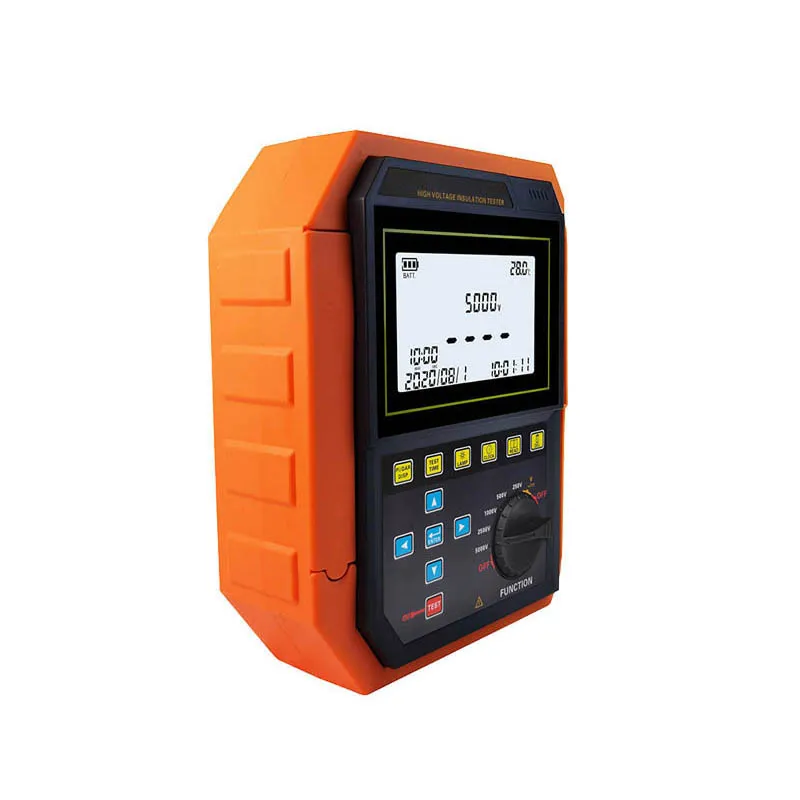 English
English



-
 Afrikaans
Afrikaans -
 Albanian
Albanian -
 Amharic
Amharic -
 Arabic
Arabic -
 Armenian
Armenian -
 Azerbaijani
Azerbaijani -
 Basque
Basque -
 Belarusian
Belarusian -
 Bengali
Bengali -
 Bosnian
Bosnian -
 Bulgarian
Bulgarian -
 Catalan
Catalan -
 Cebuano
Cebuano -
 China
China -
 China (Taiwan)
China (Taiwan) -
 Corsican
Corsican -
 Croatian
Croatian -
 Czech
Czech -
 Danish
Danish -
 Dutch
Dutch -
 English
English -
 Esperanto
Esperanto -
 Estonian
Estonian -
 Finnish
Finnish -
 French
French -
 Frisian
Frisian -
 Galician
Galician -
 Georgian
Georgian -
 German
German -
 Greek
Greek -
 Gujarati
Gujarati -
 Haitian Creole
Haitian Creole -
 hausa
hausa -
 hawaiian
hawaiian -
 Hebrew
Hebrew -
 Hindi
Hindi -
 Miao
Miao -
 Hungarian
Hungarian -
 Icelandic
Icelandic -
 igbo
igbo -
 Indonesian
Indonesian -
 irish
irish -
 Italian
Italian -
 Japanese
Japanese -
 Javanese
Javanese -
 Kannada
Kannada -
 kazakh
kazakh -
 Khmer
Khmer -
 Rwandese
Rwandese -
 Korean
Korean -
 Kurdish
Kurdish -
 Kyrgyz
Kyrgyz -
 Lao
Lao -
 Latin
Latin -
 Latvian
Latvian -
 Lithuanian
Lithuanian -
 Luxembourgish
Luxembourgish -
 Macedonian
Macedonian -
 Malgashi
Malgashi -
 Malay
Malay -
 Malayalam
Malayalam -
 Maltese
Maltese -
 Maori
Maori -
 Marathi
Marathi -
 Mongolian
Mongolian -
 Myanmar
Myanmar -
 Nepali
Nepali -
 Norwegian
Norwegian -
 Norwegian
Norwegian -
 Occitan
Occitan -
 Pashto
Pashto -
 Persian
Persian -
 Polish
Polish -
 Portuguese
Portuguese -
 Punjabi
Punjabi -
 Romanian
Romanian -
 Russian
Russian -
 Samoan
Samoan -
 Scottish Gaelic
Scottish Gaelic -
 Serbian
Serbian -
 Sesotho
Sesotho -
 Shona
Shona -
 Sindhi
Sindhi -
 Sinhala
Sinhala -
 Slovak
Slovak -
 Slovenian
Slovenian -
 Somali
Somali -
 Spanish
Spanish -
 Sundanese
Sundanese -
 Swahili
Swahili -
 Swedish
Swedish -
 Tagalog
Tagalog -
 Tajik
Tajik -
 Tamil
Tamil -
 Tatar
Tatar -
 Telugu
Telugu -
 Thai
Thai -
 Turkish
Turkish -
 Turkmen
Turkmen -
 Ukrainian
Ukrainian -
 Urdu
Urdu -
 Uighur
Uighur -
 Uzbek
Uzbek -
 Vietnamese
Vietnamese -
 Welsh
Welsh -
 Bantu
Bantu -
 Yiddish
Yiddish -
 Yoruba
Yoruba -
 Zulu
Zulu
list the transformer tests
Understanding the Importance of Transformer Tests in Electrical Engineering
Transformers play a critical role in electrical engineering, facilitating the efficient transmission of electricity over long distances. As vital components in power distribution systems, ensuring their reliability and functionality through rigorous testing is paramount. This article delves into the essential tests performed on transformers, highlighting their significance and the methods by which these tests are conducted.
Transformers function based on electromagnetic induction to transfer electrical energy between circuits. They adjust voltage levels to suit transmission needs, making it possible to minimize energy losses. However, like any electrical equipment, transformers are susceptible to impairments and failures if not properly maintained. This is where transformer testing comes into play, offering a systematic approach to evaluating their performance and safety.
One of the foundational tests is the Insulation Resistance Test. This test measures the effectiveness of the insulation surrounding the transformer windings, which is crucial for preventing short circuits and ensuring safe operation. By applying a high DC voltage to the insulation, technicians assess its resistance level. A high resistance value indicates healthy insulation, while a lower value can signal potential failure and necessitate further investigation.
Understanding the Importance of Transformer Tests in Electrical Engineering
An equally important test is the Winding Resistance Test. This process examines the resistance of the transformer windings, ensuring they are functioning correctly and not overheating during operation. Deviations from expected resistance values can indicate issues such as poor connections or damaged windings. Performing this test at regular intervals can help in early detection of such problems, thereby extending the transformer’s operational lifespan.
list the transformer tests

The Turns Ratio Test is fundamental in verifying the transformer's functionality and performance. This test assesses if the primary and secondary windings are correctly aligned. A significant deviation from the expected turns ratio could indicate a failure in the winding or an internal fault, which could severely impact the transformer’s efficiency.
Furthermore, the Sweep Frequency Response Analysis provides insights into the mechanical integrity of the transformer. By analyzing the frequency response over a designated range, engineers can detect any displacements or deformations in the transformer's core and windings, which might result from manufacturing defects or external stresses. This non-invasive method allows for effective diagnostics without taking the transformer offline, ensuring continuous operation.
Additionally, Temperature Rise Testing is conducted to determine how well the transformer can dissipate heat generated during operation. Excessive heat can lead to insulation degradation and failures; hence, evaluating the heat dissipation capability is essential to maintain performance standards. This test is typically performed under controlled load conditions to simulate real operational environments.
Lastly, the Short Circuit Test examines the transformer's ability to withstand fault conditions. By simulating a short circuit, engineers can monitor the transformer's response to sudden overloads, ensuring that protective mechanisms are effective and the unit can handle potential faults without catastrophic failure.
In conclusion, transformer testing is a multifaceted process that encompasses various critical tests, each serving a unique purpose in maintaining transformer reliability and performance. Through consistent monitoring and assessment using the methods outlined, engineers can assure safe operation, prolong the lifespan of the equipment, and minimize the risk of unexpected outages. As the demand for reliable electricity grows, the importance of transformer tests in electrical engineering becomes increasingly evident, underscoring a commitment to safety and efficiency in power distribution systems.
-
Ensuring SF₆ Gas Safety: Introducing PUSH’s Integrated SF₆ Analyzer for Dew Point, Purity, and Decomposition MonitoringNewsJul.10,2025
-
Exploring the Main Types of Industrial Endoscopes and Their Applications Across IndustriesNewsJul.04,2025
-
Testing Equipment Industry Sees Major Advancements in 2025: Smart & Precision Technologies Lead the WayNewsJun.06,2025
-
Applications of Direct Current Generators in Renewable Energy SystemsNewsJun.05,2025
-
Hipot Tester Calibration and Accuracy GuidelinesNewsJun.05,2025
-
Digital Circuit Breaker Analyzer Features and BenefitsNewsJun.05,2025



